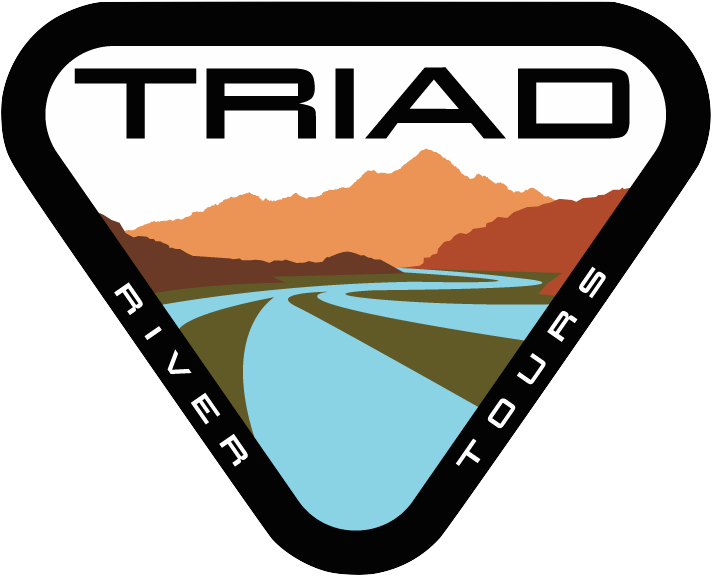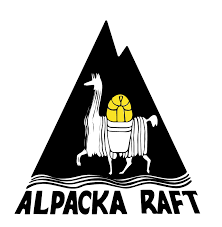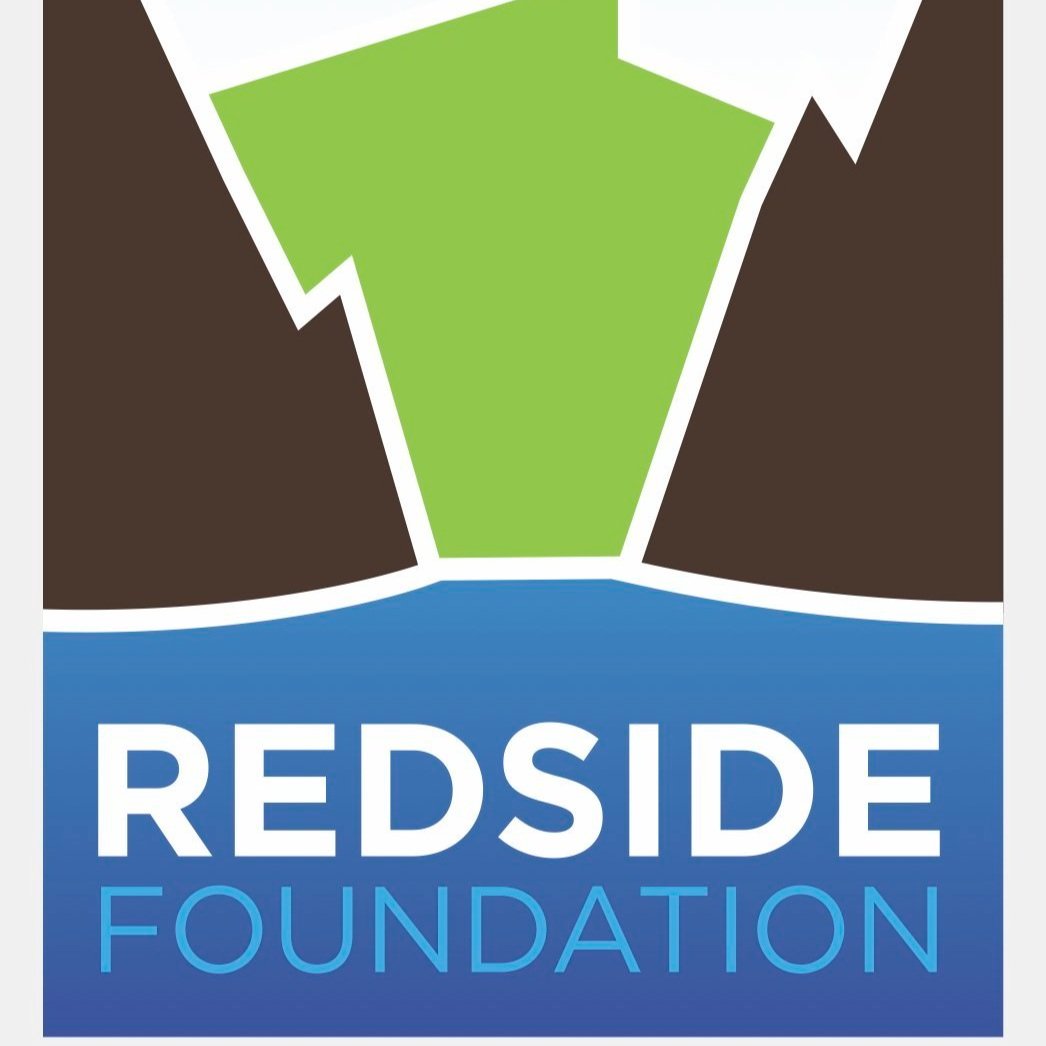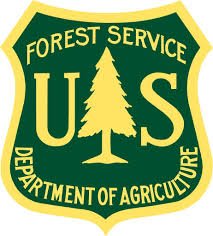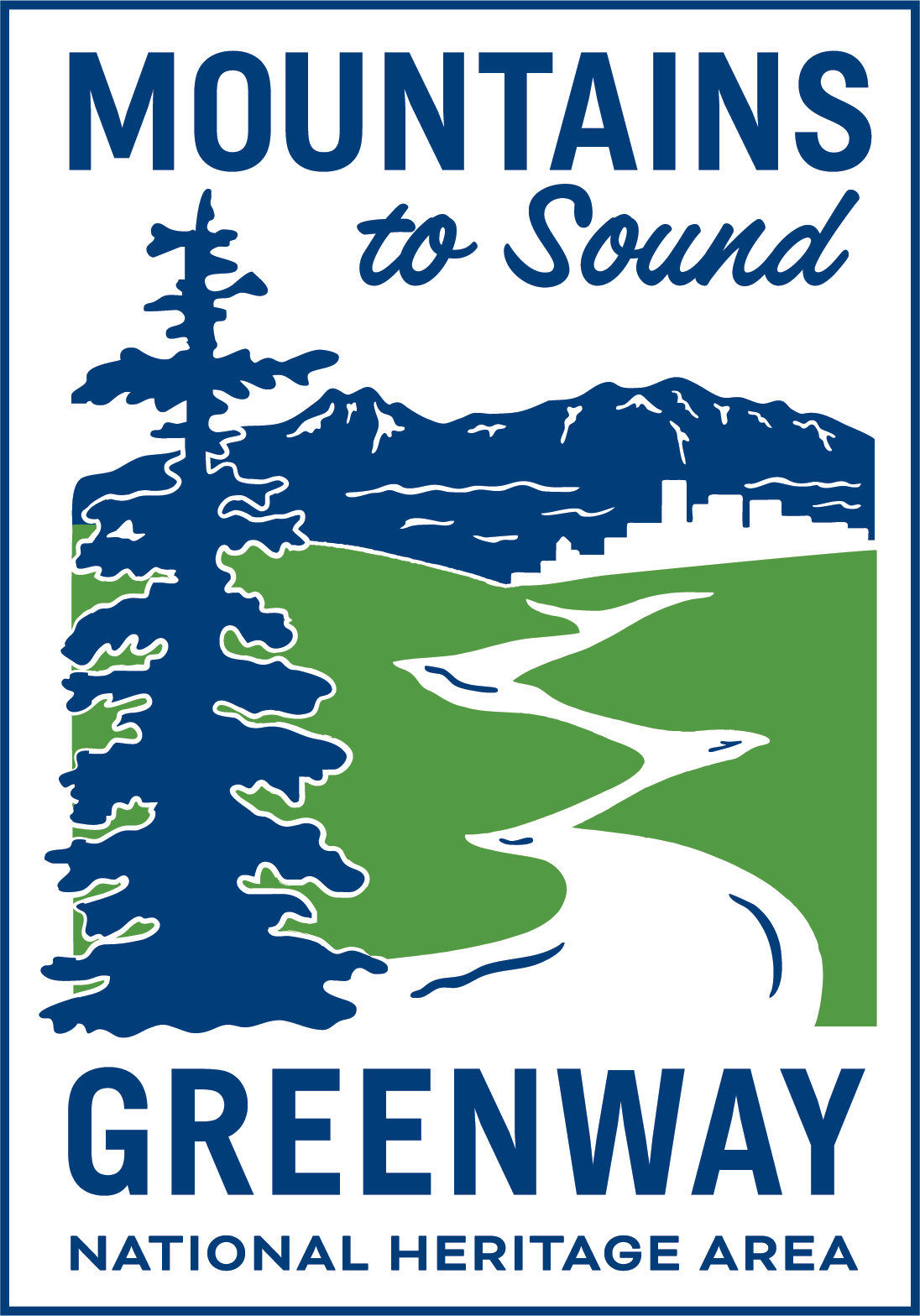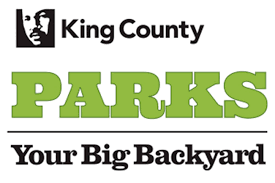It’s early on a Monday; stuck at the office and still wishing for the weekend, you open up one of the numerous adventure blogs saved in your browser. You scroll for a bit, still trying to wake up, and then you see it—the perfect photo, the one that makes you wish instantly that you were there above anywhere else in the world. A wild river—maybe with a raft or a kayak in the foreground—framed with evergreens, running turquoise with glacial silt and utterly untouched by man. It looks perfect. But does this pristine image of our rivers match reality?
In northwest Washington alone over 2.5 million pounds of litter are dumped in a year, and a lot of that trash ends up in our rivers. Even the trash you can’t see, like microplastics and chemical toxins, can cause serious harm to aquatic ecosystems. The harm doesn’t stop at wildlife either; those chemicals can make their way up the food chain until they reach our grocery stores. The most common type of litter found in rivers is household trash like plastic cups and fast food wrappers. Batteries and treated lumber are also common. Plastic litter is the most harmful, and infiltrates the entire system; different types of plastic can float, sink, and be suspended in the water column. Other types of waste, especially chemically treated lumber and industrial runoff, add toxins to the fluvial environment. But what does this litter actually do?
In northwest Washington alone over 2.5 million pounds of litter are dumped in a year, and a lot of that trash ends up in our rivers.
One of the more obvious effects of debris pile-up is habitat alteration. Plastic and organic litter can change the structure of river habitats, reduce the light level in the waters beneath the debris, and even deplete the dissolved oxygen in the water. All of these factors contribute to a habitat that is ill-suited to support the aquatic plants and animals that rely on it for food and shelter, damaging the ecosystem of the river and, by extension, the surrounding forest or grassland.
Harder to detect but no less serious is the buildup of toxins and harmful contaminants in both the environment and the wildlife that call it home. Persistent, bioaccumulative and toxic contaminants (PBTs) are often found in high concentrations in aquatic debris. Plastics, which release their surface and internal contaminants when they are broken down by UV lights and mechanical weathering such as wave action, release particularly large amounts of chemicals and other contaminants into the river system. When small plastic pieces are ingested by wildlife that mistake them for food, these contaminants can be passed into their tissues and from there up the food chain. Eating plastic is harmful to wildlife in other ways as well; it can cause internal and external wounds, impairment through buildup in or blockage of the digestive system, reduced reproductive capacity, and starvation (when their stomachs are so filled with plastic that they can no longer eat any actual food). Plastic that is too large to eat can trap wildlife or tangle around them, resulting in reduced mobility or even death.
Litter in and around rivers has important consequences for humans as well. Too much litter lowers the recreational value of rivers, leaving them both contaminated and unused. In an average year, locals and visitors spend a combined 100 million days on Washington State public waters, generating almost a quarter of the 20 billion dollars contributed annually to the Washington economy by outdoor recreation; impairment of tourism and recreational river use could have a serious effect on those numbers. Large debris like appliances and mattresses, in addition to looking awful, can cause navigational problems for river runners. Sharp debris can injure swimmers and hikers, and tangled synthetic ropes and nets can trap swimmers. Garbage in rivers adds to public costs as well; over half a billion dollars is spent annually to combat litter on the west coast.
Fortunately, a lot of this litter is a solvable problem. While no good system for removing microplastics or chemical contaminants exists yet, a lot of the larger litter—the appliances, treated lumber, and household waste—can be removed. Many groups in the river running community now host clean-up days. Check back next week for a closer look at river clean-up initiatives in the Pacific Northwest and how we can help keep dangerous litter out of our beautiful rivers.
Sources:
“Economic Analysis of Outdoor Recreation in Washington State,” rco.wa.gov/documents
“Impacts of Mismanaged Trash,” www.epa.gov/trash-free-waters
“Pollution of Streams by Garbage and Trash,” http://www.waterencyclopedia.com
Freshwater Microplastics: Emerging Environmental Contaminants? Edited by Martin Wagner and Scott Lambert
Read more:
Lowering Fuel Consumption While Rafting
Stewardship and the Recreation Community: Giving Back to the River
